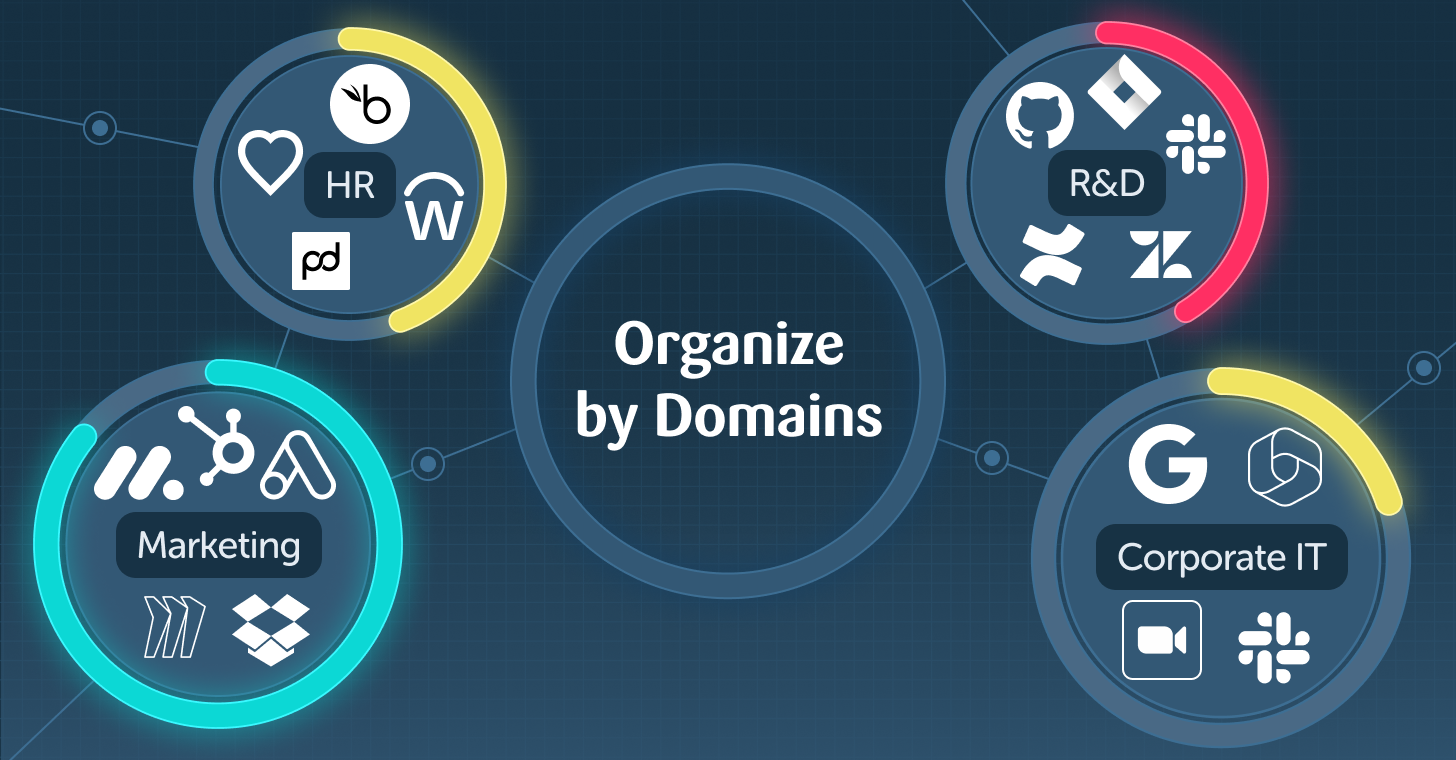Recently, Max Corbridge and Tom Ellson from JUMPSEC's Red Team discovered a vulnerability in Microsoft Teams. This vulnerability allows for the introduction of malware into organizations using Microsoft Teams in its default configuration. In this blog post, we will delve into the details of this vulnerability and explore its potential impact.
The Configuration
In Microsoft Teams' default configuration, external tenants can reach out to staff members within an organization using Teams. Despite the presence of a banner indicating that the message is from an external tenant, a considerable number of staff members are prone to clicking on such messages. Exploiting this behavior, threat actors can bypass client-side security controls and send files containing malware to target organizations.
The Vulnerability
While messaging staff members from another organization, users are prohibited from sending files. However, researchers have discovered a method to circumvent this control, enabling seamless delivery of malware directly into a target's inbox. Leveraging an insecure direct object reference (IDOR) vulnerability, threat actors manipulate the recipient ID on the request and send malicious payloads. These files appear as innocuous attachments in the target's Teams inbox, disguising their true nature.
This vulnerability poses a significant risk as it bypasses most modern anti-phishing security controls. Furthermore, the payload is delivered through a trusted SharePoint domain, eliminating the suspicion associated with clicking on links in emails.
Remediation
This vulnerability affects all organizations using Microsoft Teams in its default configuration. Although it has the potential to bypass traditional payload delivery security controls, there are measures that organizations can take to mitigate the risk. These are the same measures that can also help prevent the GIFShell vulnerability.
1. Review External Access
Assess whether your organization truly requires external tenants to message your staff. If not, tighten the security controls and disable external access in the Microsoft Teams Admin Center by setting the "Choose which external domains your users have access to" configuration to "Block all external domains". If communication with external tenants is necessary, consider in the above configuration allowing communication only with specific domains that your organization regularly interacts with. This approach strikes a balance by blocking unknown external sources while maintaining essential communication channels.
2. Limit who can start a conversation
Prevent unmanaged external Teams users from starting a conversation with people in the organization by disabling the "External users with Team accounts not managed by an organization can contact users in my organization" configuration.

3. Educate Staff
Raise awareness among staff members about the possibility of social engineering campaigns using productivity apps like Microsoft Teams. It is crucial to recognize that email is not the sole avenue for social engineering attack.
Enable Automated Protection with an SSPM
If you are already an SSPM solution, these Microsoft Teams configurations should be part of the platform’s security checks. The following actions can help the security team gain a better understanding of an organization's SaaS attack surface and its security posture.
- Use a SaaS Security Posture Management Platform (SSPM) to remediate misconfigurations
- Implement continuous monitoring and alerts for a streamlined response in case of a breach
- Use Identity and Access Governance tools to make sure you know who your users are and what permissions they have
Conclusion
Thanks to the efforts of Max Corbridge and Tom Ellson, a critical vulnerability in Microsoft Teams has been identified. With the widespread adoption of Microsoft Teams and its vast user base, this vulnerability poses a significant concern for organizations. By understanding the risks and implementing appropriate mitigation measures such as simple configurations, organizations can better protect themselves against this vulnerability and stay one step ahead of threat actors.
About the writer







.webp)








